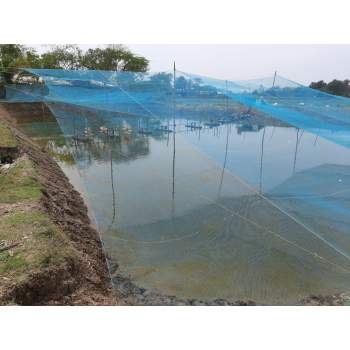Shrimp of the family Penaeidae follow a similar body design to that of most malacostracans. That is, they are laterally compressed, elogate decapods, with a well-developed abdomen adopted for swimming. Each segment is enclosed by a dorsal tergum and ventral sternum.
Shrimp’s body can be separated into two parts. The upper portion of the shrimp is called as cephalothorax and the lower portion is the abdomen segment. The main characteristics of decapods is having an exoskeleton, the shell which is periodically shed (molting) to allow further growth.
Cephalothorax
- The head and thorax are fused together to form cephalothorax
- The shell which protects the cephalothorax is harder and thicker is called carapace
- The stalked eyes of two protrude at the sides of the carapace
- The rostrum (nose) is a saw-like structure and rigid forward extension of the carapace, and can be used for attack or defence.
- The head carries two pairs of antennae. At the base of the second pair of antennae there is a scale-like exopodite, the scaphocerite
- The antenna and antenulles are used as feelers or sensory feelers
- The thorax has 3 pairs of maxillipeds. Maxillipeds are appendages modified to function as mouthparts. The first two maxillipeds work with the anterior mouth parts to manipulate the food, eliminate inedible items, and facilitate the operation of the mandibles and food ingestion. The third pair of maxillipeds is primarily involved with cleaning the mandibles and grooming.
- There are 5 pairs of walking legs ( pereopods), the first 3 being chelate and used for feeding and the last two simple and used for walking.
- The base parts of the pereopods carry the gills
- The exoskeleton of the cephalothorax covers the gills and it also protects the gill chamber ( branchiostegite).
Abdomen
- Abdomen long, longer than the carapace or head
- It consists of the abdominal segments and the tail fan
- The abdomen (pleon) of the penaeid shrimp has six pairs segments, the first 5 with paired pleopods.
- The swimming legs (pleopods) are located on the first five pairs of the segments of the abdomen, used for swimming.
- The last pair of the segment is the tail fan.
- The tail section of the shrimp has three parts. Two of which are called uropods and the central pointier segment is the telson
- The telson helps the shrimp to control its direction during swimming form the tail fan structure
























